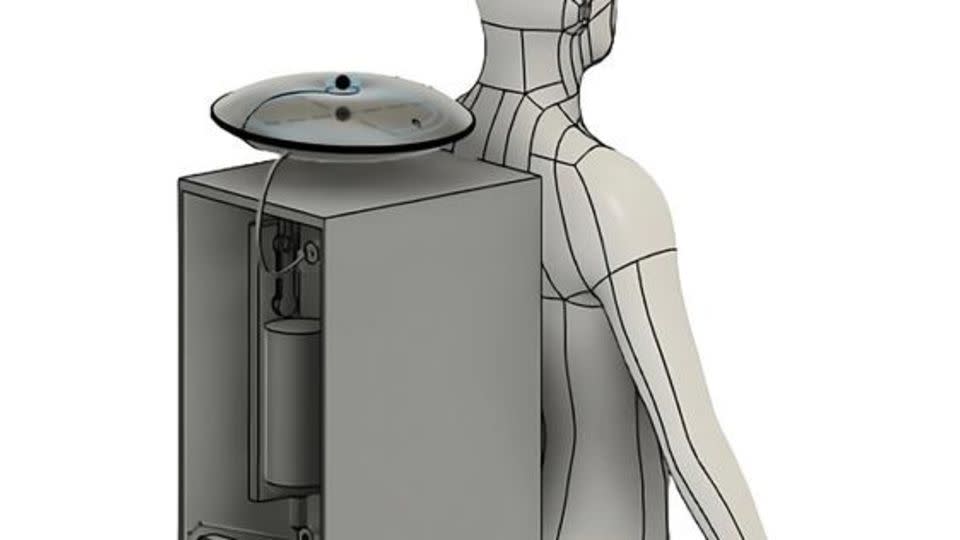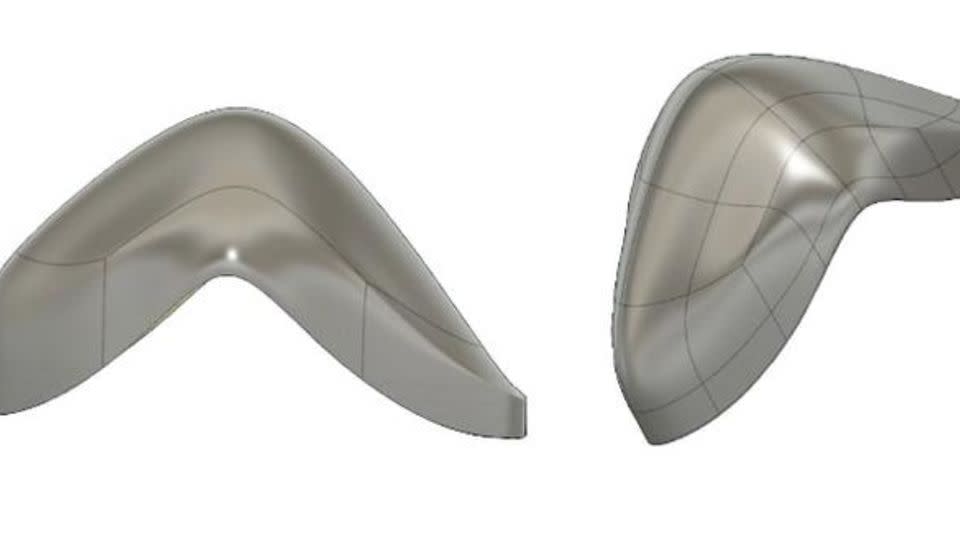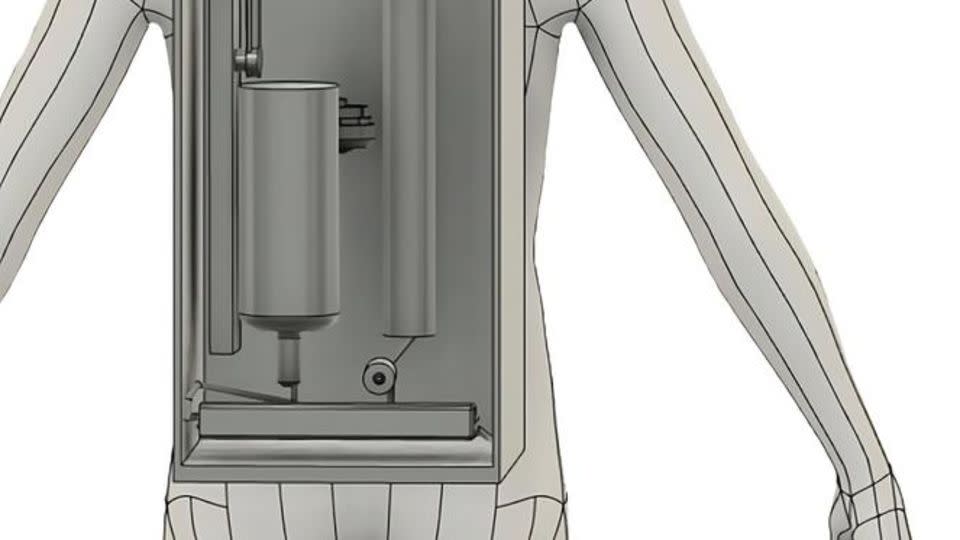Sign up for CNN’s Wonder Theory science newsletter. Explore the universe with news about fascinating discoveries, scientific developments and more.
A marvel of the sci-fi film franchise “Dune” is the survival gear worn by the desert-dwelling Fremen — “stillsuits” that recycle all bodily fluids into drinking water. Now, such technology appears to be on the horizon, with scientists unveiling a prototype spacesuit system that converts urine into drinking water.
Astronauts can spend significant amounts of time outside their space habitats conducting extra-vehicular activities, or EVAs. There were 37 spacewalks conducted between 2021 and 2023 for science experiments or to make repairs to the International Space Station, and they lasted an average of 6 hours and 26 minutes, according to a study by Cornell University scientists published Friday in the journal Frontiers in Space Technology. Spacewalks can last more than 8 hours.
During these long periods of spacewalking, astronauts currently wear the familiar white, inflated EVA suits, which contain a garment with maximum absorbency. These disposable garments are essentially diapers that collect and contain urine and feces. They must be able to hold up to one liter (1.8 pints) of urine and 75 grams (2.6 ounces) of feces per day for each crew member.
However, these EVA suits were designed more than 40 years ago, and NASA currently has no concrete plans to update or replace them. The space agency announced in June that it was canceling more than $100 billion in contracts with Collins Aerospace to make next-generation spacesuits, though at least two other U.S. companies are currently working on spacesuits and NASA may hire additional contractors, the space agency confirmed to CNN.
“You would think that in the 21st century, astronauts would no longer use diapers,” lead researcher Sofia Etlin, an astrobiologist and research associate at the Mason Lab at Weill Cornell Medical College in New York, told CNN on Friday.

While the diapers are effective at absorbing waste, they have been shown to harm astronauts’ health and cause discomfort. Astronauts have reported diaper leaks, making it impossible to distinguish between their urine and sweat, and complaining of skin rashes and odor problems. Crew members face medical risks such as cross-contamination with feces, urinary tract infections and gastrointestinal upset, which are exacerbated by astronauts’ reduced access to medical care.
According to the researchers, some even reduced their meals for a few days before an EVA so they wouldn’t have to wear a mask, a move that could negatively impact their performance during strenuous spacewalks.
Just being in space causes dehydration, and physically demanding spacewalks cause even more dehydration, which hurts astronauts’ performance. Yet the suit’s hydration bladder, which currently provides astronauts with 32 ounces of water and a small dose of glucose, also has “significant problems,” including being time-consuming to prepare, which contributes to reduced work efficiency, the researchers said. Astronauts have said the current amount of water it provides is not enough.
‘Dune’ system
To “enhance astronaut well-being,” the researchers designed a new system for collecting and filtering urine in the suit, or “Dune” system, Etlin said.
The system would recycle urine using forward and reverse osmosis, a model used in the current wastewater treatment system aboard the space station, which removes contaminants from urine and filters it into drinking water.
One aspect of the system is a urine collection device, which would have a silicone cup that is shaped differently for men and women. The device would have multiple layers of fabric, including an antimicrobial fabric, so that urine can be quickly drawn from the body to the outer surface of the cup, where it can be pumped away, reducing the health risk of prolonged exposure to the urine.


The fluid then enters the filtration system, a two-stage device that removes water from the urine and converts it into a salt solution. A pump then separates the pure water from the salt.
The study authors suggested that a volume of 500 millilitres (0.9 pints) of urine could be processed in less than five minutes, with more than 86.8% of it effectively recycled into drinking water.
The water was then pumped into the hydration bladder in the pack, where it was replenished with electrolytes and, if necessary, carbohydrates for nutritional and energy needs.
The entire device would fit into a bag that could be attached to the back of an EVA suit, adding 8 kilograms to the total weight.
While the suit’s weight “is certainly a concern for future lunar missions, we believe the increased comfort and resource efficiency the system provides will more than offset the slightly increased size,” the study authors said.
Space suits reinvented
Etlin said this is a “prime time” to develop this technology as “space suits as we know them are being reinvented.”
Although NASA has canceled its contract with Collins Aerospace to develop spacesuits for the ISS, it still has a nearly $230 million contract to develop lunar spacesuits with Houston-based company Axiom Space.


The suits are designed to be more flexible and mobile, provide better vision and insulation, and carry a portable life support system. They could play a crucial role in NASA’s Artemis III mission, which aims to return astronauts to the moon later this decade and travel further than ever before.
But even these new suits still have the old-fashioned diaper, Etlin said. (Axiom did not immediately respond to a request for comment on the spacesuit design.)
“In the Artemis missions, astronauts can be out for hours, or there can be emergencies where they need to get back to base, but their rover breaks down. You have all kinds of emergency scenarios where you need water and a waste system that’s not limited to what a diaper can hold,” she said.
In addition to the Artemis program, which aims to land a woman and a person of color on the moon for the first time, there is also a race to Mars, where drinking water would be a luxury.
For more CNN news and newsletters, create an account at CNN.com